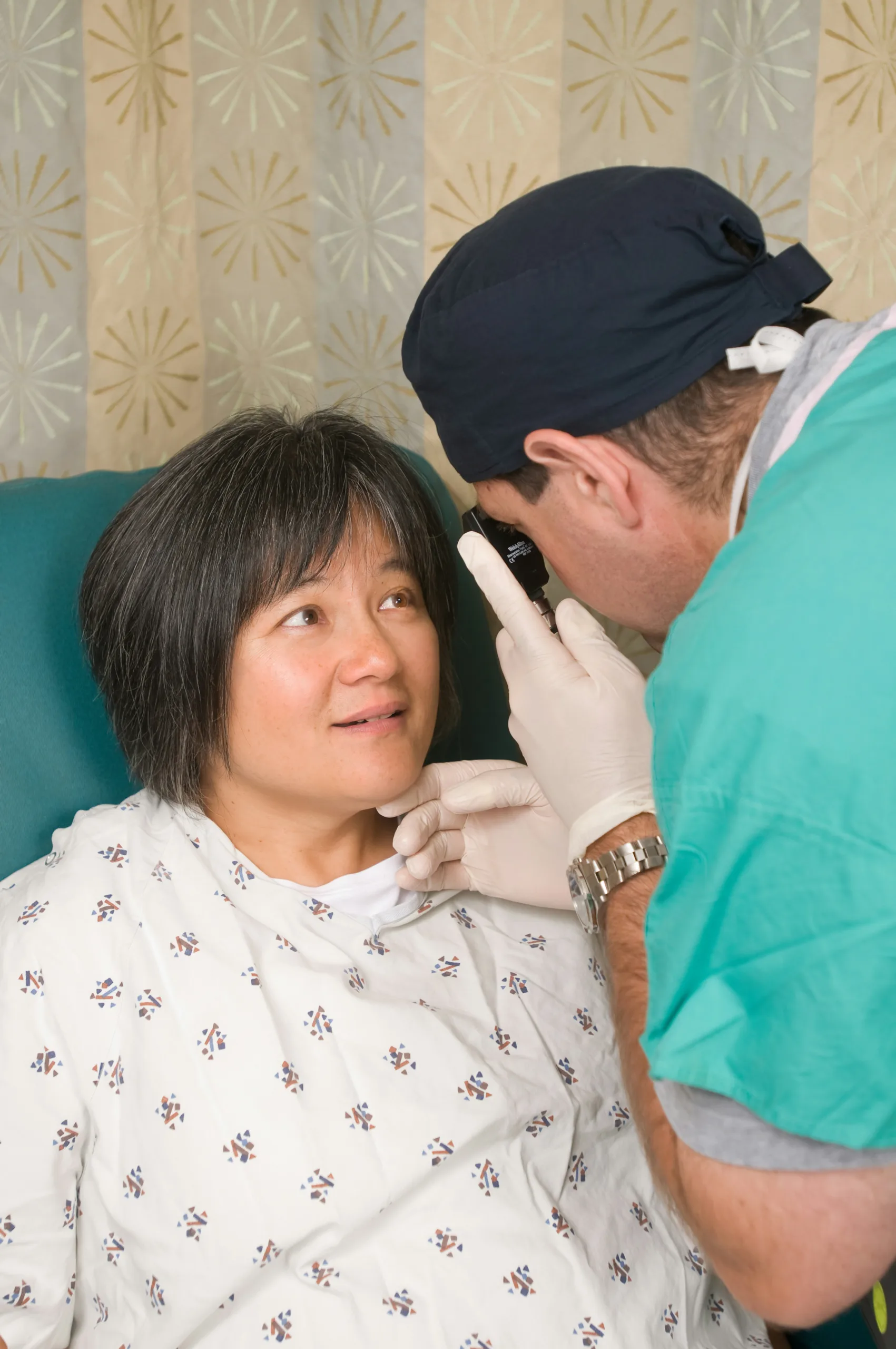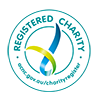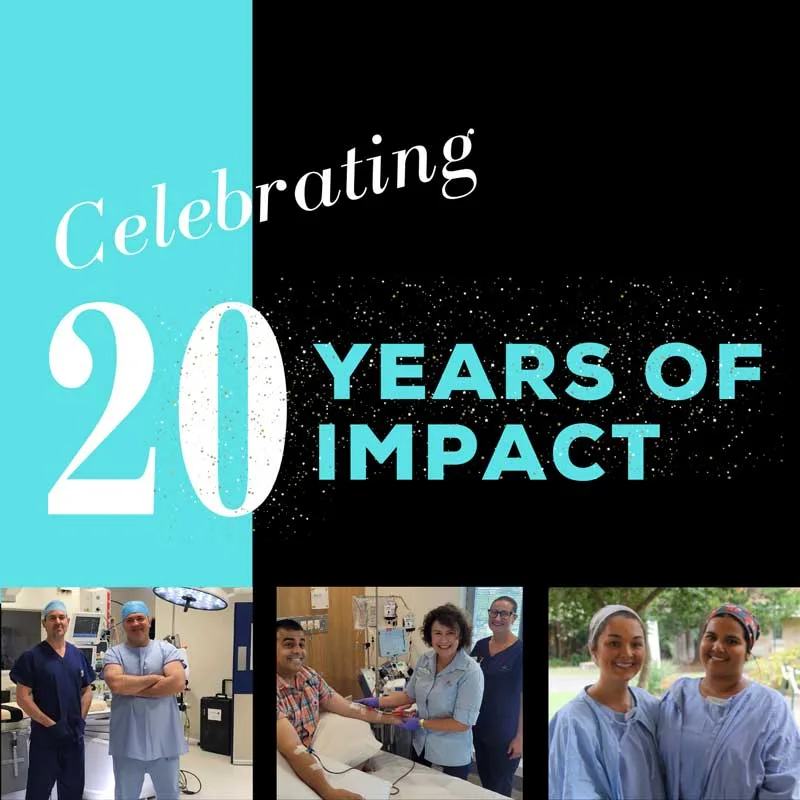Our Impact - Ophthalmology
OUR IMPACT
Ophthalmology
A new Optical Coherence Tomography (OCT) machine
We funded an Optical Coherence Tomography (OCT) machine which allows for leading edge imaging techniques using light to capture very high resolution (near microscopic) images from the eye, and particularly the retina at the back of the eye. There is no radiation involved and it is not invasive. It detects swelling and changes in the retina early before vision is threatened. It also helps to see if there is a response to improvement in the retina related to blood glucose levels. This new OCT machine is partially dedicated to research, as well as patient testing in the Eye Clinic (which sees 25,00 patients pa) and Diabetes Unit. A research team conducted a study in conjunction with other hospitals looking at early or moderate retinopathy in people with Type 1 diabetes and trying an oral medication, fenofibrate, that has been shown to be useful in retinopathy in Type 2 diabetes. There had been no studies in this area related to Type 1 diabetes yet so it was an Australian first research study


Research Medal funding for Professor Minas Coroneo
Funding research into the pathological effects of sunlight on the eye, focusing on the pathogenesis of pterygium and cataract, named as the Coroneo Effect as well new technologies and ophthalmic devices including the next generation of intraocular lenses and glaucoma shunts.
Smart phone-based app for assessment of ocular UV damage
Australia experiences some of the highest levels of the sun’s ultraviolet (UV) radiation in the world and our population suffers the consequences; an Australian is diagnosed with melanoma every 30 minutes and another 50 are diagnosed with UV-related cataract every day. UV-related damage to our body is cumulative, meaning all the UV exposure over the years contributes to the long-term risk of skin and eye diseases. Despite the magnitude of the problem, there are currently no objective means of assessing the UV damage an individual may have endured. UV-related conditions affecting the eye such as pterygium and cortical cataract, could be an early sign of skin cancer, decades before its manifestation. To document these early signs, we funded the development of an optical add-on device that can be retrofitted to everyday smart consumer devices. The add-on is used to capture images of the eye and to quantify UV damage levels. Validation of the device against the gold-standard benchtop device is currently also being funded by us and outcomes will allow us to establish the efficacy and functionality of this invention, paving the way for scaling the device at large.


